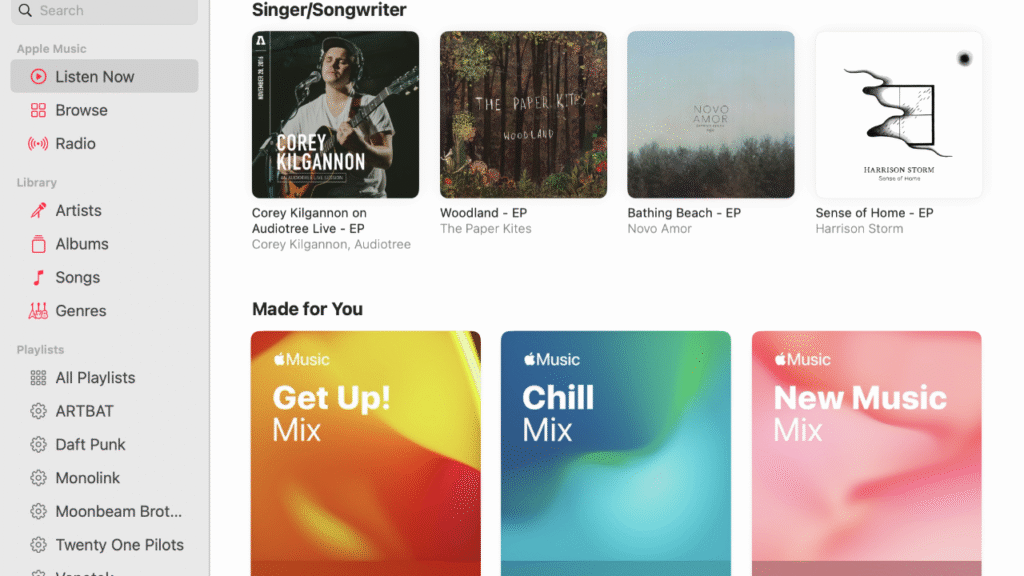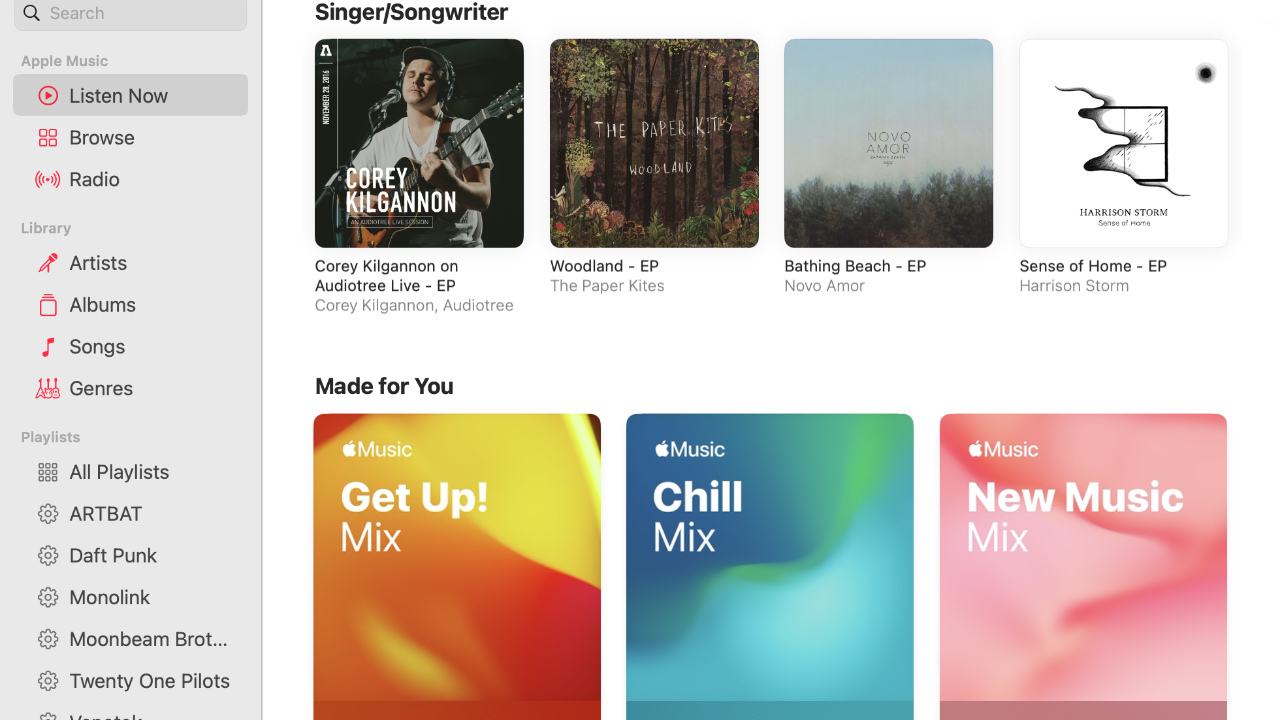
Ever wondered how Netflix knows which show you’ll want to binge, how YouTube keeps you glued to your screen, or how Spotify creates that perfect playlist? It’s not magic—it’s recommendation algorithms. These powerful AI-driven systems quietly learn your preferences and behavior to serve up content you didn’t even know you needed.
From analyzing your clicks to predicting your moods, recommendation engines are the digital masterminds behind modern content discovery. Let’s explore how Netflix, YouTube, and Spotify use these algorithms, how they differ, and what that means for users and creators.
What Are Recommendation Algorithms?
Recommendation algorithms are sets of AI-powered models that predict what content a user might enjoy based on past behavior, preferences, and interactions. Their job is simple on the surface: reduce decision fatigue and increase engagement. But underneath, they involve complex data analysis, real-time learning, and behavioral prediction.
How Recommendation Algorithms Work
- Collaborative Filtering
Recommends content based on what similar users liked. If users who liked Stranger Things also liked Dark, it might recommend Dark to you. - Content-Based Filtering
Recommends items with similar characteristics to what you’ve consumed. If you listen to jazz, it suggests more jazz. - Matrix Factorization
Compresses large user-item interaction data to uncover hidden patterns. - Deep Learning & Neural Networks
Advanced models that understand nuance—like context, mood, and even sentiment—especially used in YouTube and Spotify. - Reinforcement Learning
Algorithms adapt in real-time based on your feedback, clicks, and watch/drop-off patterns.
Netflix: The Personalized Streaming Giant
Netflix’s algorithm is centered around viewer behavior, not just ratings or reviews. It considers:
- Watch history
- Viewing time per title
- Pause/rewind behavior
- Device type and time of day
- Thumbs up/down and search history
Netflix also A/B tests thumbnail images for the same show to see which artwork draws more clicks for each user type. The homepage is dynamically generated for every single user.
Key Tools Netflix Uses:
- Bandit algorithms for thumbnail testing
- Page generation algorithms for personalized rows
- Genre-based tagging powered by metadata and human curation
YouTube: The Engagement Engine
YouTube’s recommendation system has one major goal: maximize watch time. It operates across two main phases:
- Candidate Generation: Filters hundreds of millions of videos down to a few hundred based on your history, interests, and trending topics.
- Ranking: Orders those few hundred based on predicted watch time, click-through rate (CTR), and user satisfaction metrics.
YouTube considers:
- Watch history and search behavior
- Video likes/dislikes and comments
- Video topic and engagement from similar users
- Time spent watching (not just views)
- New user behavior through cold-start models
YouTube also uses reinforcement learning to improve personalization with each user interaction.
Spotify: The Sound of AI-Driven Discovery
Spotify’s recommendation algorithm is built on music intelligence and emotional modeling. It analyzes:
- Listening habits and time of day
- Song tempo, genre, and acoustic features
- Playlist additions and skips
- Song endings or drop-offs
- Collaborative filtering from millions of users
Spotify’s most notable feature, Discover Weekly, uses a hybrid model of collaborative filtering and Natural Language Processing (NLP)—reading articles, blogs, and user discussions to detect rising artists or songs.
Other key features:
- Daily Mixes personalized by genre/mood
- Release Radar for new music from liked artists
- Wrapped for year-end behavior summaries
Benefits of Recommendation Algorithms
- Personalized Experience: Users spend less time searching and more time enjoying content.
- Higher Engagement: Platforms retain users longer with relevant suggestions.
- Content Discovery: Unknown artists or shows can go viral with enough algorithmic push.
- Cross-Platform Sync: Spotify, for example, learns across devices—what you play on mobile influences your desktop feed.
Risks and Concerns
- Echo Chambers: Algorithms can trap users in narrow content bubbles, reinforcing biases.
- Data Privacy: Deep personalization comes with the cost of collecting vast user data.
- Creator Dependency: Content visibility is highly dependent on algorithm compliance.
- Manipulation: Clickbait, misleading thumbnails, or trending loops can exploit the system.
- Mental Health Impact: Over-personalization may lead to binge behavior or addiction.
Overview Table: Recommendation Engines at a Glance
| Platform | Primary Goal | Key Data Used | Recommendation Style |
|---|---|---|---|
| Netflix | Maximize content retention | Watch time, user actions, metadata | Behavior-driven and visual-based |
| YouTube | Maximize watch time | Viewing history, engagement, trends | Real-time adaptation |
| Spotify | Music discovery & loyalty | Listening habits, audio analysis | Mood and similarity-based |
Comparison Table: Recommendation Techniques
| Technique | Netflix | YouTube | Spotify |
|---|---|---|---|
| Collaborative Filtering | ✓ | ✓ | ✓ |
| Content-Based Filtering | ✓ | ✓ | ✓ |
| Deep Learning Models | ✓ | ✓✓✓ | ✓✓ |
| Real-Time Adaptation | Limited | Strong | Moderate |
| User Feedback Integration | Medium | High | High |
3 Best One-Line FAQs
Q1: Why do platforms like Netflix or Spotify always seem to know what I want?
They use AI-powered recommendation algorithms that analyze your behavior to predict your preferences.
Q2: Are recommendation algorithms the same on all platforms?
No, each platform uses different models tailored to their content type and engagement goals.
Q3: Can recommendation engines manipulate what I see or hear?
Yes, they prioritize engagement, which can sometimes result in echo chambers or biased suggestions.

